Jacksonville is riding a rollercoaster of extreme weather this summer, from sweltering heat that feels like stepping into a sauna to sudden downpours and thunderstorms bringing flash flood risks. This weekend will be no exception, with storms in the forecast and Florida holding the title of lightning capital of the U.S., safety should be top of mind.
Lightning kills about 20 people in the United States each year, and hundreds more are severely injured, according to the National Weather Service.
In July, a lightning strike hit three people while they were on the St. Augustine pier. One person was critically injured and rushed to a trauma center, another suffered minor injuries, and a third declined medical care. Thankfully, all three survived.
As storm clouds gather again this weekend, here's what you need to know to stay safe.
➤ Weather alerts via text: Sign up to get updates about current storms and weather events by location
Lightning is nothing new to Florida, which kept its title in 2024 as the state with the most lightning, according to AEM, which describes itself as an essential source for environmental insights.
"While lightning fatalities have decreased over the past 30 years, lightning continues to be one of the top storm-related killers in the United States," the National Lightning Safety Council said. "In addition, lightning injures many more people than it kills and leaves some survivors with lifelong health problems."
Florida leads US with number of lightning strikes per square
In AEM's report, Florida retained its rank as the top state for the number of lightning strikes per square mile per year: 76.
Florida ranked first on the Top 10 states for lightning strikes in 2024. Here's where other states placed:
Florida: 76 (per square mile per year)
Louisiana: 70
Oklahoma: 69
Kansas: 69
Missouri: 50
Texas: 48
Illinois: 48
Iowa: 47
Arkansas: 44
Nebraska: 44
The 'deadly dozen': What were people doing when killed by lightning?
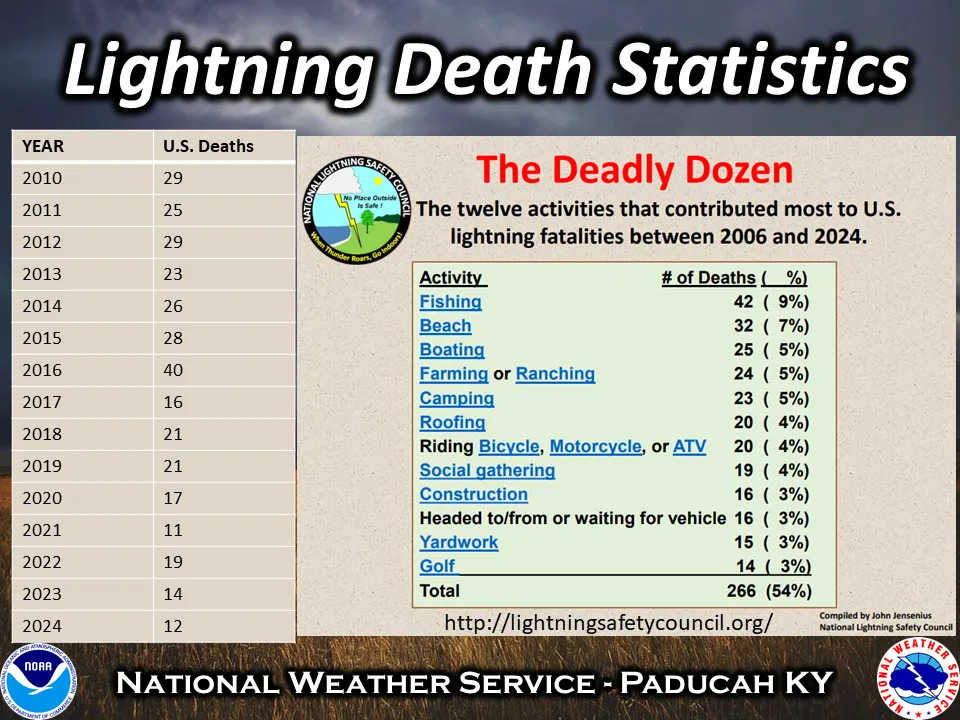
According to the National Weather Service and Lightning Safety Council, the 12 activities that contributed to the most lightning fatalities in the U.S. between 2006 and 2024 were:
Fishing: 42 deaths
Beach: 32 deaths
Boating: 25 deaths
Farming or ranching: 24 deaths
Camping: 23 deaths
Roofing: 20 deaths
Riding bicycle, motorcycle, ATV: 20 deaths
Social gathering: 19 deaths
Construction: 16 deaths
Headed to/from or waiting for vehicle: 16 deaths
Yard work: 15 deaths
Golf: 14 deaths
Hear thunder? Lightning is within striking distance. Here's how to stay safe
"It is important to understand that there is no safe place outside when thunderstorms are in the area," the Lightning Safety Council warned. "If you hear thunder, you are likely within striking distance of the storm." Lightning can strike more than 10 miles from a thunderstorm.
"While lightning fatalities have decreased over the past 30 years, lightning continues to be one of the top storm-related killers in the United States. In addition, lightning injures many more people than it kills and leaves some survivors with life-long health problems."
Many people wait too long to get to a safe place and then go back outside too soon, before the threat is over, the National Weather Service said. "When thunder roars, go indoors."
How close is thunder after you hear it and see it?
When you hear thunder, the lightning that caused it is typically within 10 miles (16 kilometers) of your location, and you're within striking distance.
"If you can hear thunder, you are in danger; don't be fooled by blue skies. Lightning can strike more than 10 miles from a thunderstorm, well ahead of any rain, or well after the rain has ended," the National Lightning Safety Council said.
What is the "30-30 rule" for thunder?
A good rule of thumb is the "30-30 rule", which says: if the time between the lightning flash and the thunder is 30 seconds or less, the storm is close enough to be dangerous and you should wait at least 30 minutes after the last thunder before going back outside.
For perspective, sound travels about 1 mile in 5 seconds, so if you hear thunder 5 seconds after seeing lightning, the strike was roughly 1 mile away.
What to do if you are outside and there's lightning? Here are some safety tips:
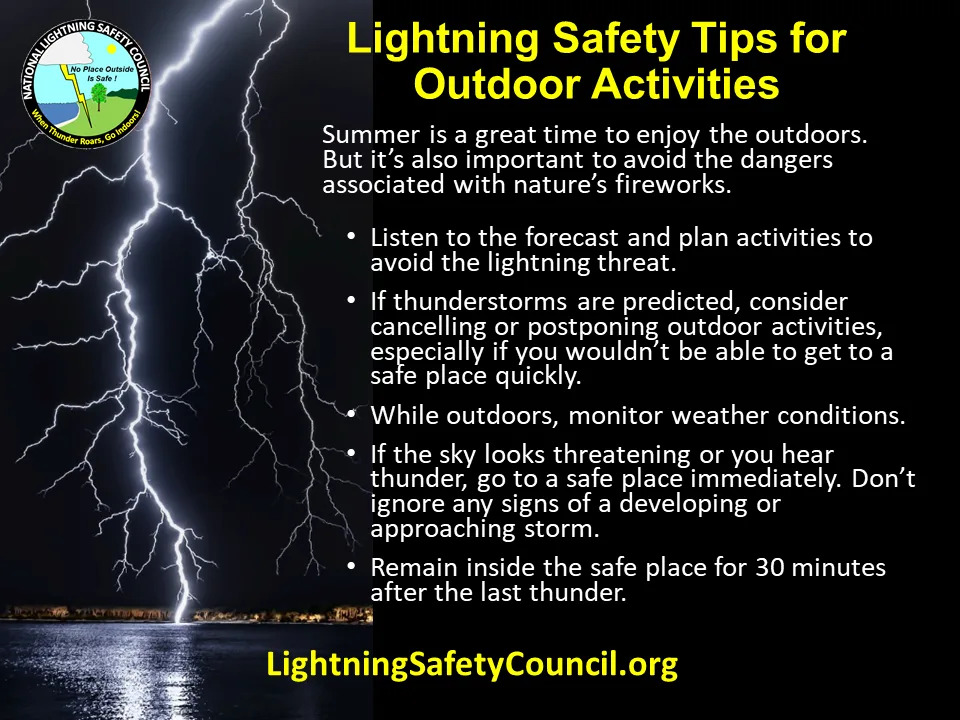
The National Lightning Safety Council offered this advice to stay safe if you're outside:
Have a lightning safety plan.
Know where you’ll go for safety and how long it will take you to get there.
Listen to the forecast and plan activities to avoid the threat of lightning.
If thunderstorms are predicted, consider canceling or postponing outdoor activities, especially if you wouldn't be able to get to a safe place quickly.
While outdoors, monitor weather conditions.
If the sky looks threatening or you hear thunder, go to a safe place immediately. Don't ignore any signs of a developing or approaching storm.
Avoid open areas. Don't be the tallest object in the area.
Stay away from isolated tall trees, towers or utility poles.
Remain inside a safe place for 30 minutes after the last thunder.
Substantial buildings and hard-topped vehicles are the safest options. Rain shelters, small sheds, balconies, porches, and open vehicles are not safe.
If you are with a group of people, spread out.
While this actually increases the chance that someone might get struck, it tends to prevent multiple casualties, and increases the chances that someone could help if a person is struck
What to do if you are inside and there's lightning? Here are some safety tips

When lightning hits a building, it often follows wiring or plumbing to ground. To be safe, you don't want to be connected to either. You also want to avoid any metal that could provide lightning with a path from outside your home to inside, such as a doorknob, according to the the National Lightning Safety Council, which offered this advice to stay safe if you're inside:
Get inside immediately if you hear thunder.
Avoid contact with anything that is plugged into an electrical outlet.
Avoid contact with water or plumbing, including sinks, showers and tubs.
Stay off corded phones. Cell phones and cordless phones are safe.
Stay away from outside doors and windows.
Remain inside a safe place for 30 minutes after the last thunder.
What do you do if someone is struck by lightning?
Cardiac arrest is the immediate cause of death for those who die after being hit by lightning.
Lightning victims do not carry an electrical charge and are safe to touch, the Lightning Safety Council said.
If possible, move the victim to a safer place. Lightning can strike twice.
If someone is struck by lightning, they may need immediate medical attention. Call 911 and monitor the victim. Start CPR if you're trained or use an Automated External Defibrillator, if needed.
Florida leads US in number of lightning fatalities in 2024
There were 12 lightning fatalities in 2024, according to the latest numbers released Dec. 17 by the National Weather Service and the Lightning Safety Council. Five lightning-strike deaths were in Florida:
Top Florida counties by number of lightning strikes per square mile
The top county in the U.S. when it came to flash density, or the number of lightning strikes per square mile, in 2024 was Limestone County in Texas, which had had average of 125 flashes per square mile. That number was significantly higher than any other county in the U.S., including Florida.
Top 10 Florida counties by flash density in 2024:
St. Lucie County: 89.81
Broward County: 86.87
Hendry County: 85.83
Indian River County: 82.73
Orange County: 80.52
Polk County: 78.55
Palm Beach County: 78.06
Martin County: 76.83
Glades County: 76.65
Okeechobee County: 76.31
Bottom 10 Florida counties when it comes to lightning strikes per square mile
Taylor County: 29.41
Monroe County: 30.03
Franklin County: 30.07
Dixie County: 31.49
Baker County: 33.83
Columbia County: 35.04
Bay County: 35.49
Escambia County: 35.82
Wakulla County: 37.77
Levy County: 38.8
This article originally appeared on Florida Times-Union: FL is the lightning capital. How to stay safe during a thunderstorm
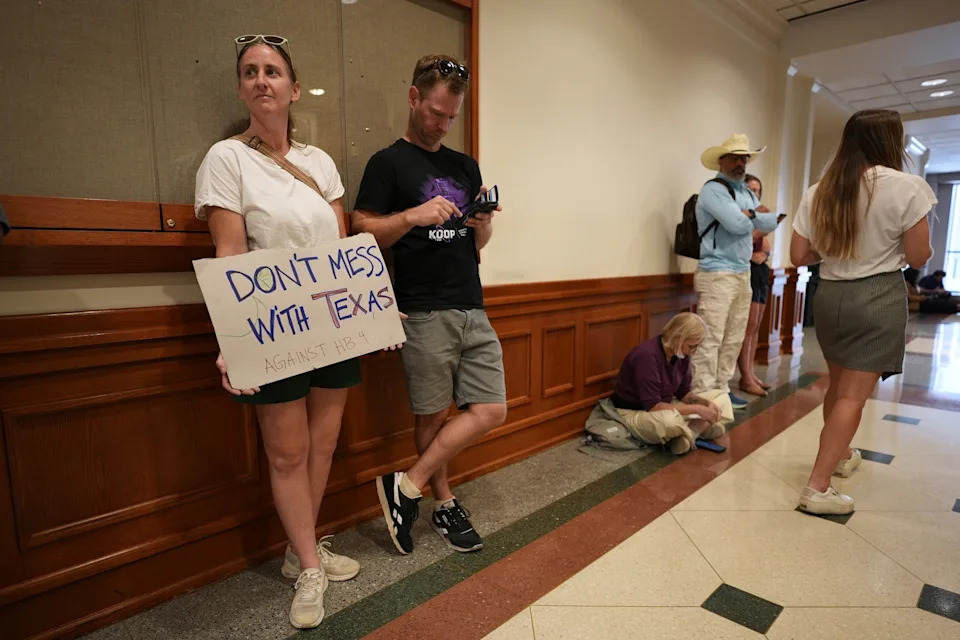

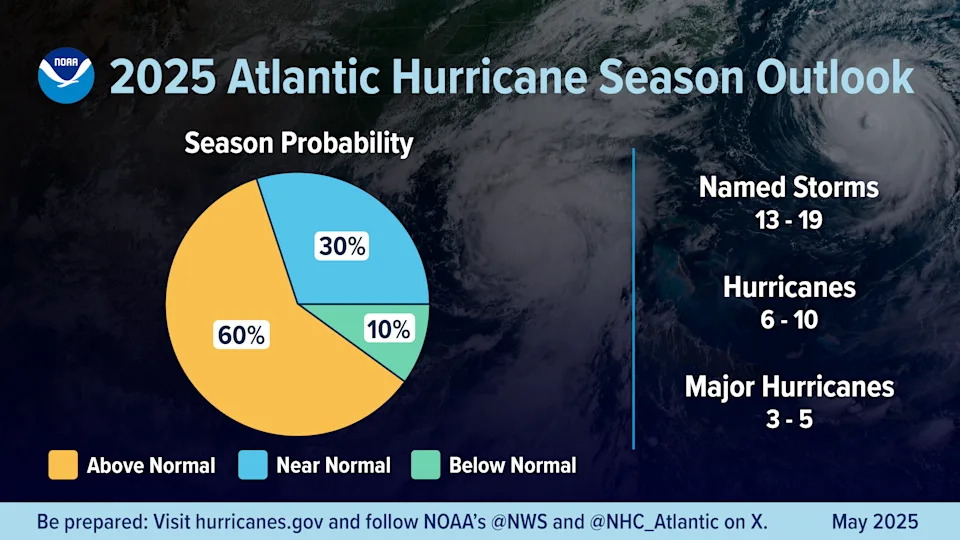




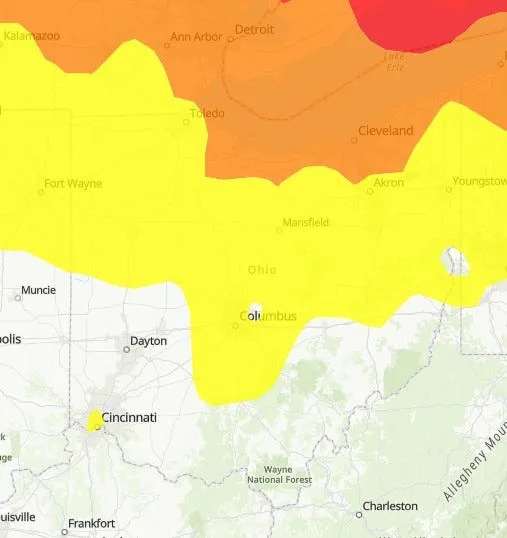
Comments